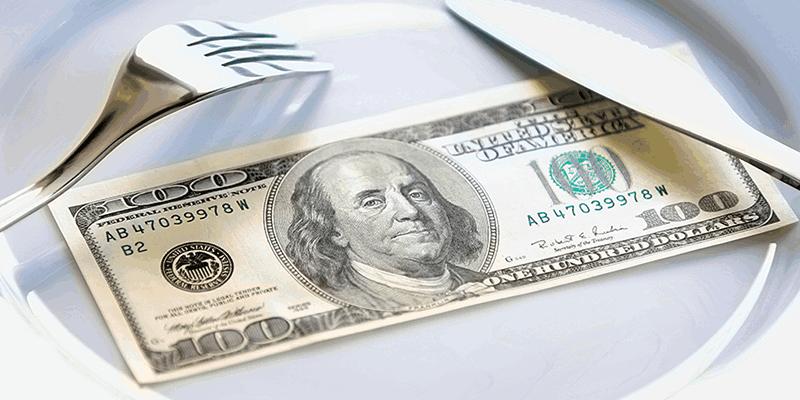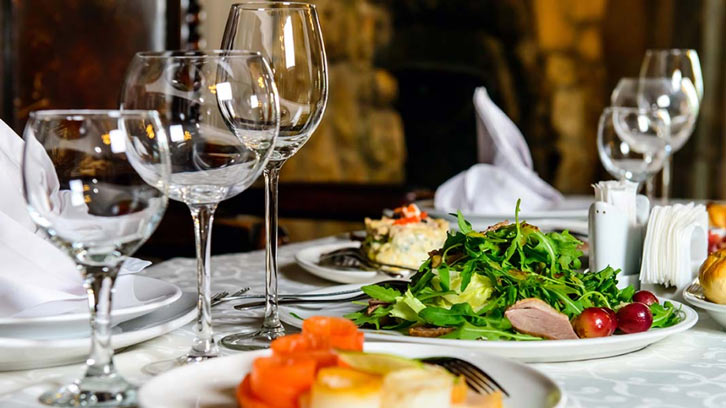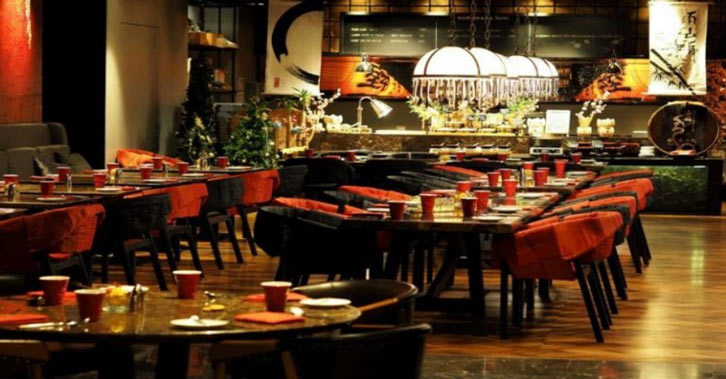
Starting a restaurant requires more than just a passion for cooking and baking – it also requires understanding the business side of things. Owning a restaurant is no small feat, as the statistic shows that 60% of restaurants fail within their first year.
To avoid common mistakes and give your eatery the best chance at success, it’s important to consider all aspects of running a successful business, including the economics behind owning a restaurant.
In this blog post, you’ll learn about financial forecasting and budgeting basics, discovering what goes into estimating budgets accurately to increase profitability in your establishment – all while potentially reducing startup costs.
Analyze the Costs and Benefits before jumping into Owning a Restaurant
Owning a restaurant can be a lucrative and rewarding business venture, but it's important to carefully consider the costs and benefits before jumping in. Here are some key factors to consider:
Costs:
Initial Investment:
Starting a restaurant requires a significant initial investment in equipment, supplies, and furniture. Additionally, there may be costs associated with renovating the space to meet health and safety standards and building codes. Depending on the location and size of the restaurant, this initial investment can easily run into hundreds of thousands of dollars.
Operating Costs:
Once the restaurant is up and running, there are ongoing operating costs to consider, including rent, utilities, insurance, payroll, and food and beverage expenses. These costs can be significant and require careful budgeting and management to ensure the restaurant remains profitable.
Time Commitment:
Owning and operating a restaurant is a time-consuming endeavor. It requires long hours and a willingness to work weekends and holidays. Additionally, unexpected issues, such as equipment breakdowns or staffing shortages, may arise that require immediate attention.
Benefits:

Potential for Profit:
Restaurants have the potential to be very profitable, especially if they are well-run and in a desirable location. A successful restaurant can generate a steady income stream and provide a solid return on investment.
Creative Freedom:
Owning a restaurant allows for much creative freedom regarding menu development and decor. This can be a rewarding aspect of the business for those who enjoy the creative process.
Personal Satisfaction:
Running a restaurant can be a source of personal satisfaction for many people. Creating a welcoming environment for guests and providing them an enjoyable dining experience can be very fulfilling.
Overall, owning a restaurant can be a challenging but rewarding business venture. It's important to carefully weigh the costs and benefits before investing in this industry. A restaurant can succeed profitably with the right planning, budgeting, and management.
Research What Types of Restaurants are Popular in your Area
Researching the types of popular restaurants in your area is a great way to gain insight into the local dining scene and identify potential business opportunities. Here are some steps you can take to research popular restaurants in your area:
Use Online Search Engines:
One of the easiest ways to identify popular restaurants in your area is to use online search engines. Search for keywords such as "best restaurants in [your city/town]" or "popular restaurants in [your area]."
This will provide you with a list of restaurants in the area, ratings, reviews, and information on the type of cuisine served.
Check Social Media Platforms:
Social media platforms such as Facebook, Instagram, and Twitter are also great resources for finding popular restaurants in your area. Many restaurants have a social media presence where they post updates about their menu, specials, and events.
You can also search for hashtags related to your city or neighborhood to find posts about local restaurants.
Local Publications:
Local newspapers, magazines, and online publications that cover food and dining are also great resources for finding popular restaurants in your area. These publications often feature restaurant reviews, profiles, and listings of popular restaurants in the area.
You can also look for food bloggers who may have reviewed or written about restaurants in your area.
Ask Local Residents:
Finally, asking residents for recommendations is a great way to find popular restaurants in your area. This can be done by asking friends, family, and colleagues in the area for recommendations. They may have personal experiences and insights about popular restaurants in the area that are not easily found through online research.
Once you have identified the popular types of restaurants in your area, you can use this information to inform your business decisions. For example, consider opening an Italian restaurant if Italian restaurants are popular in your area.
Alternatively, if there are few options for a certain type of cuisine, you can fill a gap in the market by opening a restaurant that serves that cuisine.
Consider if you need to hire additional staff or if you can handle operations yourself.

When running a restaurant, having the right staff is essential. Depending on the size and type of your restaurant, you may need to hire additional employees such as chefs, waitstaff, bartenders, dishwashers, and more.
If you hire staff for your restaurant, consider how many people are needed and what skills they should possess. It would help if you also considered the cost of hiring and training new staff and employee benefits, such as health insurance and vacation time.
On the other hand, if you decide to handle operations yourself, you must ensure enough time for all your duties. This may include managing employees, ordering supplies, taking inventory, setting prices and specials, etc.
Consider the legal implications of hiring employees or running a business by yourself.
Understand the importance of marketing and advertising to get new customers and keep existing ones.
Marketing and advertising are key components of a successful restaurant business. It's important to plan how you will market your restaurant and the types of advertisements you will use.
Your marketing strategy should include both digital and traditional methods. For example, create social media accounts for your restaurant, advertise on local radio and television stations, print flyers or postcards to promote specials and create email campaigns.
It would help if you also thought about how to keep existing customers returning. This could include loyalty programs, discounts for returning customers, special events and promotions, or exclusive menu items.
A strong marketing strategy can help you attract and retain new customers.
FAQs
How much does it cost to open a restaurant?
The cost of opening a restaurant varies depending on the location, size, concept, and type of cuisine. Generally speaking, the startup costs for a full-service restaurant can range from $60,000 to more than $1 million. This includes rent, utilities, equipment and supplies, labor, and food costs.
How much does it cost to run a restaurant?
The cost of running a restaurant can vary greatly, depending on factors such as the size of your restaurant, the number of employees you hire, and the type of cuisine you serve.
Generally, most restaurants spend approximately 32-40% of their gross sales on labor costs and 28-33% on food and beverage costs. Other expenses include rent, utilities, marketing, insurance, and general business costs.
What are the economics of owning a restaurant?
Owning a restaurant can be a lucrative venture managed properly. The main goal of any restaurant owner is to ensure that their expenses stay within their revenue. This requires careful planning and budgeting of labor, food and beverage costs, and other overhead expenses. It is also important to factor in the impact of taxes on your profits.
Conclusion
Starting and maintaining a restaurant is no small task, but it can be done with proper budgeting, forecasting, and a thorough understanding of economics. The key takeaway from this blog post is understanding the financial aspects of owning a restaurant.



